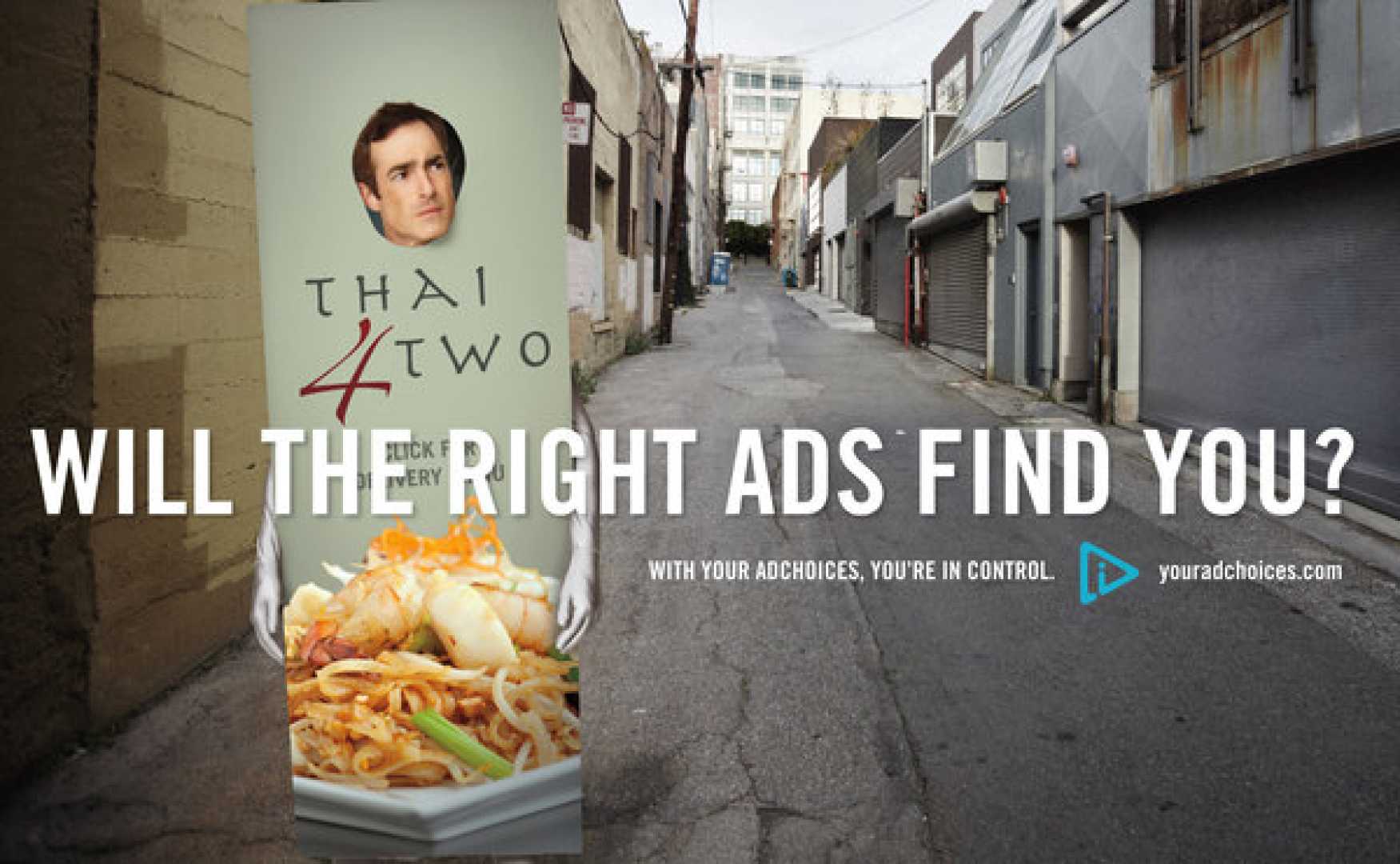Business
Surge in Online Ads Fuels Debate Over User Experience

WASHINGTON, D.C. — A significant increase in online advertising has sparked renewed discussions about user experience and the role of ad blockers in digital media.
In recent months, advertisers have ramped up their spending on various platforms, resulting in a dramatic surge of digital ad placements. According to the Interactive Advertising Bureau (IAB), online ad revenue reached $29 billion in the second quarter of 2023, marking a 12% increase compared to the previous year.
Experts argue that while advertising is essential for supporting free content online, the overwhelming presence of ads can lead to negative user experiences. “Consumers are expressing frustration over intrusive ads that disrupt their online activities,” said Sarah Johnson, a digital marketing analyst at MarketingProfs. “Finding the right balance between revenue generation and user satisfaction is critical for media companies.”
The growing market for ad blockers reflects this tension. A recent report from Statista showed that as of early 2023, 42% of internet users employed ad-blocking software, a figure that has steadily increased over the years. Users claim that ad blockers help reduce clutter and improve page loading times, thus enhancing their overall online experience.
However, media outlets argue that ad blockers threaten their revenue streams, which are heavily reliant on advertising. “We understand users’ concerns, but the reality is that advertising funds quality journalism,” said Mark Davis, Editor-in-Chief of the Digital Times. “Without these necessary funds, news organizations could struggle to survive.”
In response to this growing issue, some digital publishers are seeking alternative revenue sources. Subscription models, sponsored content, and partnerships with brands are becoming more prevalent as companies look to limit their dependency on traditional ads. According to a survey conducted by Publishers Daily, 34% of respondents reported diversifying their revenue streams as a strategy to cope with decreased ad revenue.
Some tech firms are also exploring innovative ad formats that prioritize user experience. For instance, native ads—advertisements designed to blend seamlessly with content—have seen increased adoption as they tend to be less intrusive. “Our goal is to create ads that feel like a natural part of the content environment,” said Laura Chen, a spokesperson for AdInnovate. “This way, we can enhance engagement while mitigating user frustration.”
As the landscape of digital advertising continues to evolve, the debate over user experience and monetary support for online media remains critical. Brands, publishers, and consumers must navigate these complexities to find a balance that fosters engagement while ensuring that quality content can thrive.












